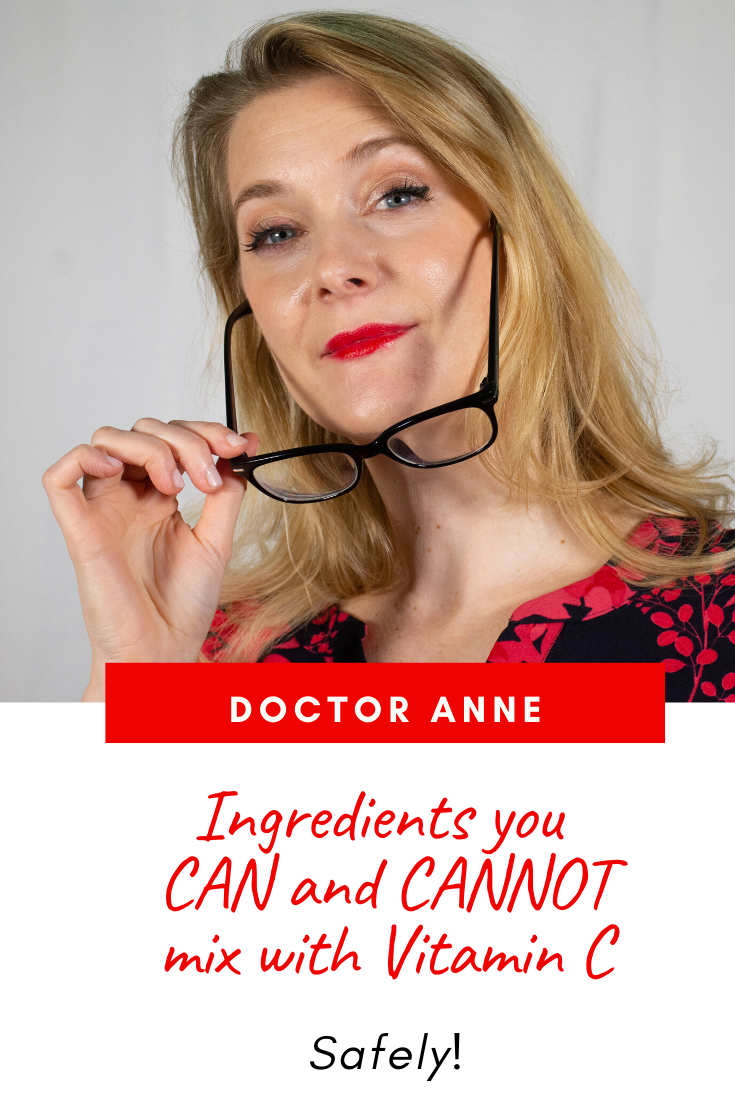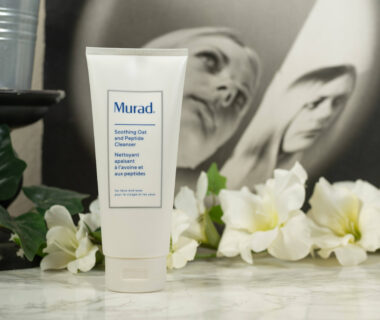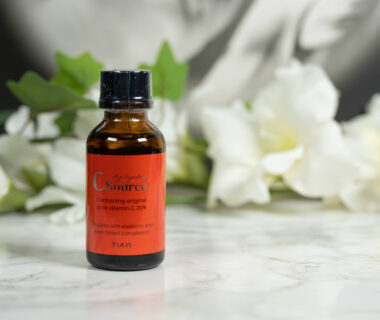This is part 2 of a three part series, so here is a little introduction to the topic and a link to the other parts:
There are a few questions I get over and over in the comments of my videos, so instead of answering them only individually, I figured I would use them for a new series – #AskDoctorAnne. Which sounds pretty catchy if I dare say so myself. And the first topic I wanted to address is: Combining skincare ingredients.
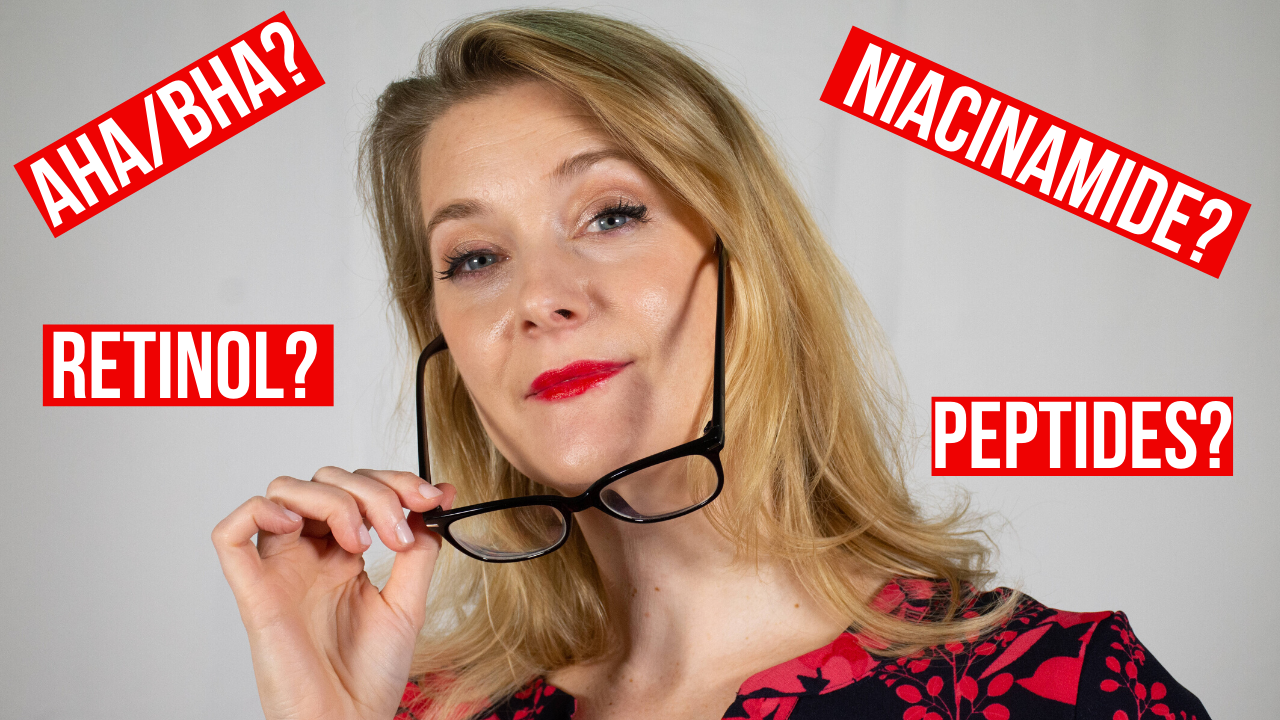
Are there ones that you should never combine? Some that actually enhance each other? Does that depend on strength, concentration or time of the day?
It is actually a bunch of questions rather than one, which is why this is going to be a three part series:
- Combining skincare ingredients the right way (read here)
- Combining Retinol with other ingredients like Vitamin C, AHA or BHA (read here)
- Combining Vitamin C with other ingredients like Niacinamide or Acids (today)
Is it important which kind of Vitamin C you use?
Yes.
When talking about Vitamin C, it is worth noting that there is one kind, Ascorbic Acid, that is incredibly unstable and reacts with just about everything it comes in contact with, and then there are several others (here is an in depth video about that), that aren’t.
I talk about Ascorbic Acid here, which despite being the least stable one is still the one that has the most research behind it – you win some, you loose some it seems.
Where should you put Vitamin C in your routine?
One thing that confuses me when it comes to Vitamin C is that many people „struggle o fit it in their routine“, which I absolutely don’t get. I use my antioxidant serums in the morning, where I don’t really reach for acids or retinoids, so there is plenty of space, and I would suggest you do the same.
When I looked around for reasons NOT to apply it in the morning, I found three main reasons people had that I want to quickly address:
1. My Vitamin C Serum stains the skin orange when exposed to the sun.
The solution to that one is simple: Get another serum. Turning orange means the Vitamin C oxidizes, and if that happens on your skin it is a) not stabilized properly and b) not being absorbed into the skin. Once the Vitamin C penetrated into the upper layer of skin cells, it shouldn’t turn orange anymore
2. Vitamin C looses its antioxidant properties when it comes in contact with UV rays.
That is, believe it or not, absolutely true. It is, in fact, the main reason why I apply my Vitamin C in the mornings! I mean, it is what we WANT it to do! Vitamin C, just like other antioxidants, looses its antioxidant capacities when it comes in contact with free radicals because… it neutralizes them and is used up in the process. Yes, using it at night when less free radicals occur will have it stay intact longer (and there is nothing wrong with using it at night, the skin can store it several hours, so you will still have some effect the day after), but I rather have it applied when I need it most, which is during daytime.
But let’s quickly go through the ingredients you should or should not pair it with:
Mixing Vitamin C with Acids like AHAs and BHAs
Vitamin C and acids do mix well in the sense that both need a low pH to work their best.
I have said it before though and will repeat it again here: Maximizing results is not always what we should aim for. Treating your skin gentle is the most important part, as it will allow you to keep up your regime for a long time rather than starting intense and then stopping due to irritation.
So while you might get optimized results by pairing the two, you also increase your risk of irritation, which is why I personally tend to avoid it and use Vitamin C in the mornings and my acids at night.
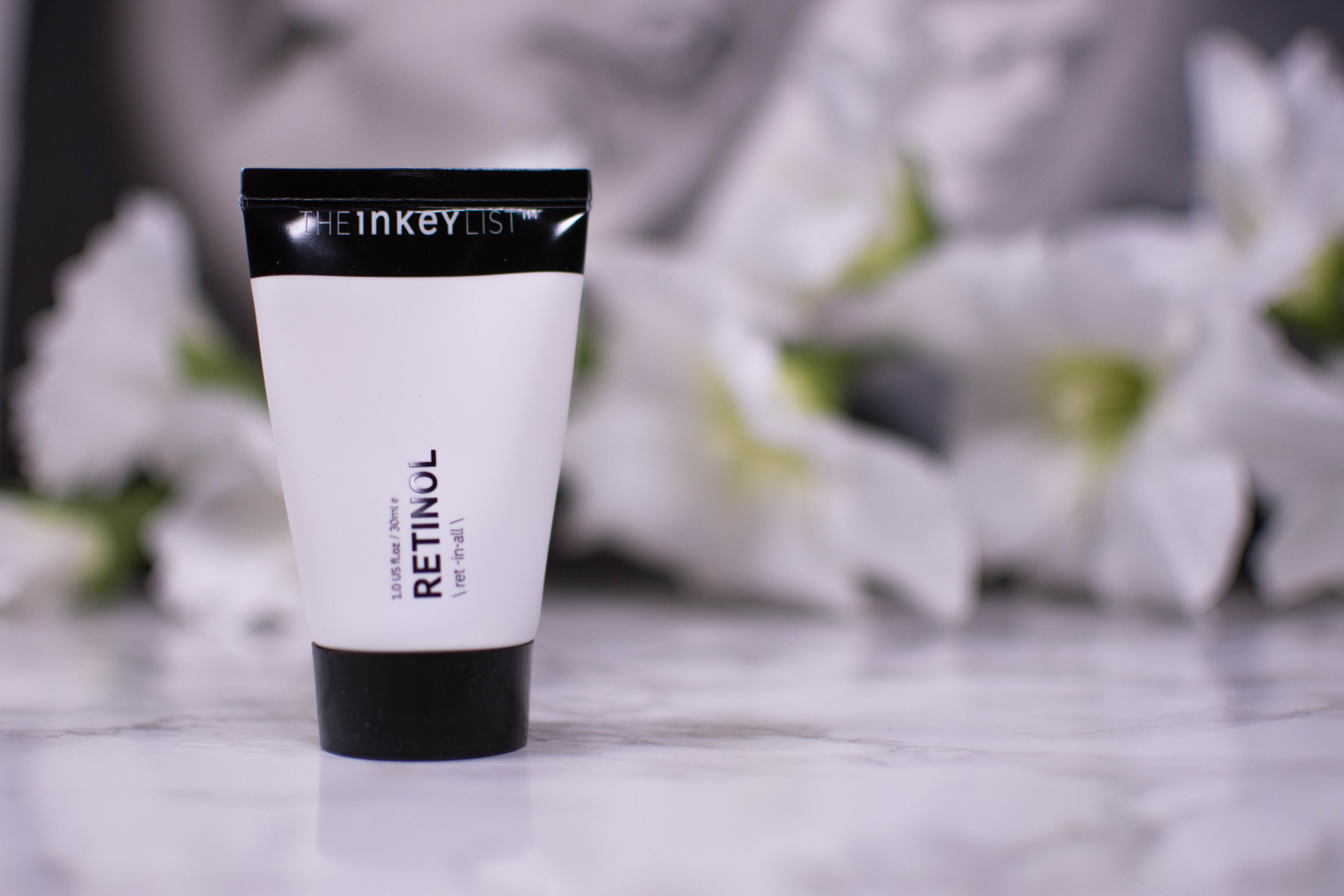
Mixing Vitamin C with Retinoids
You can mix any over the counter retinoid (Retinol, Retinylpalmitate, Retinal) with Vitamin C, and if you see a product that advertises both in the same bottle, you can use it without hesitation. It will most likely use a Vitamin C derivative as opposed to L-Ascorbic Acid, and these are not only more stable, but also effective at a more skin friendly pH.
One reason why mixing might not be the best idea is that both need a different pH, with L-Ascorbic Acid working best at around 3 and Retinoids working best at around 5, but to be honest I really don’t think that makes much of a difference in reality.
The second (and much better) reason is that both can be irritating, so again mixing both will increase your risk of irriation, and that is why I personally again don’t advise it.
Mixing Vitamin C with Niacinamide
You might have heard that Vitamin C and Niacinamide should never be mixed because of their ability to form Niacin, a substance that leads to flush and redness in the skin.
Well, I am here to tell you that while this has some truth to it, you can still go ahead and mix your Vitamin C and your Niacinamide without a problem, and that products that are formulated with both are perfectly safe.
Why? Because to undergo that reaction, Ascorbic Acid and Niacinamide need to be exposed to certain conditions, one of them being extreme temperatures. No problem in the lab, but not happening in your bathroom, not even if you leave your products out in the sun all day (which you shouldn’t do for various reasons).
So whether you found a product that contains both or wonder if you can apply your Niacinamide containing toner with your Vitamin C Serum – yes, you can.
Mixing Vitamin C with Benzoylperoxide
Here you have the one exception – the two ingredients that will really react and cancel each other out.
Benzoyl Peroxide acts by oxidizing, Vitamin C is an antioxidant. Antioxidants neutralize free radicals, which are used for oxidizing, so the Vitamin C and the Benzoyl Peroxide will cancel each other out.
This will not cause harm to your skin, but it will be as if you did nothing at all – pretty pointless.
Mixing Vitamin C with Hydroquinone
Both are brightening, with Hydroquinone still being gold standard in treating severe hyperpigmentation, so in theory they would enhance each others effects.
Hydroquinone is however a really tricky substance to use that can have quite a few side effects, which is why I would advise you to only use it as prescribed by your doctor.
Again as a quick repetition: Do not mess with your prescriptions!
Side note: Hydroquinone is prescription only in Germany, that might be different in your country. However the really effective percentage of Hydroquinone is not available OTC, what you get without prescription in some countries is less than 2%.
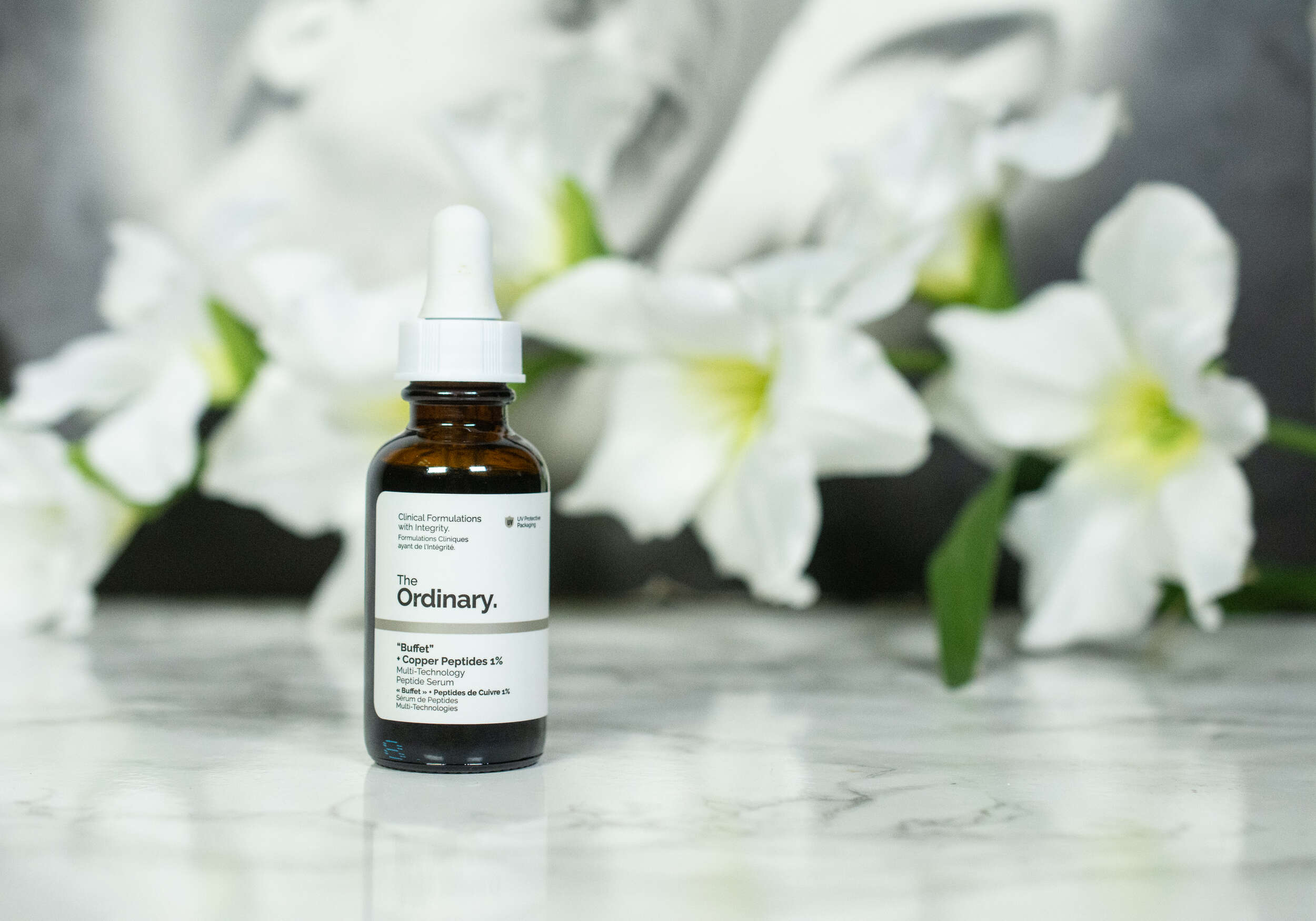
Mixing Vitamin C with Peptides and Ceramides
I mention both because they are commonly asked for, but truth is, you can pair these with anything, so just go ahead and slather them on before, mixed with or after your Vitamin C.
Anything else you want to know?
